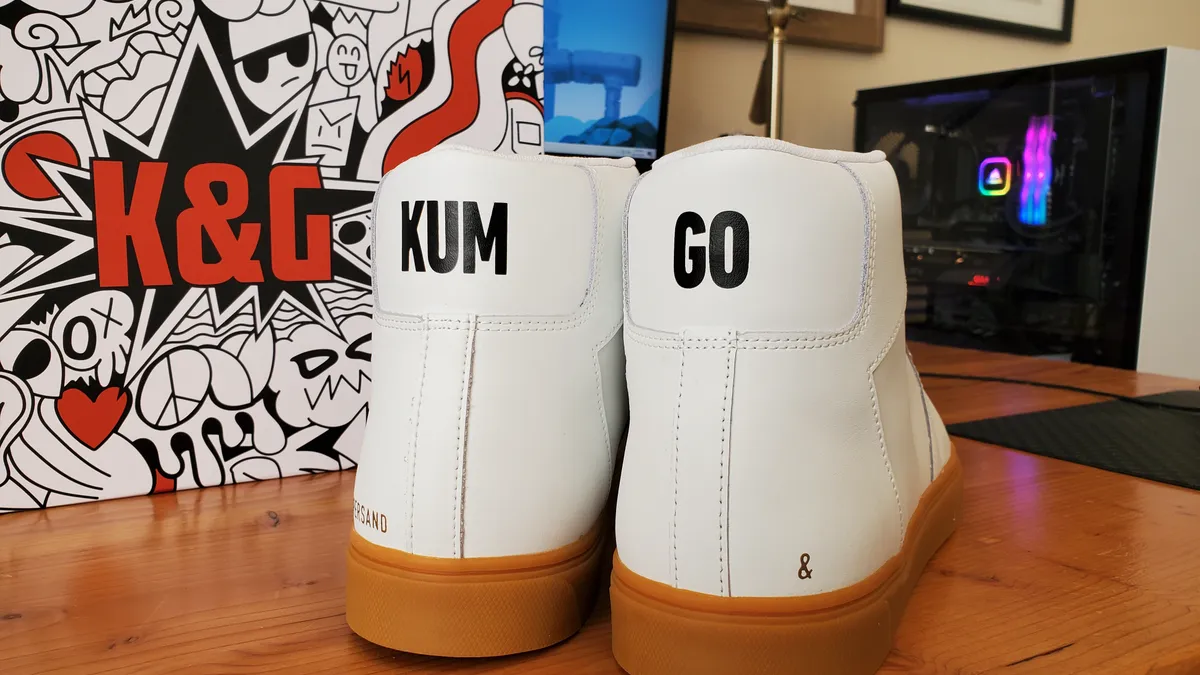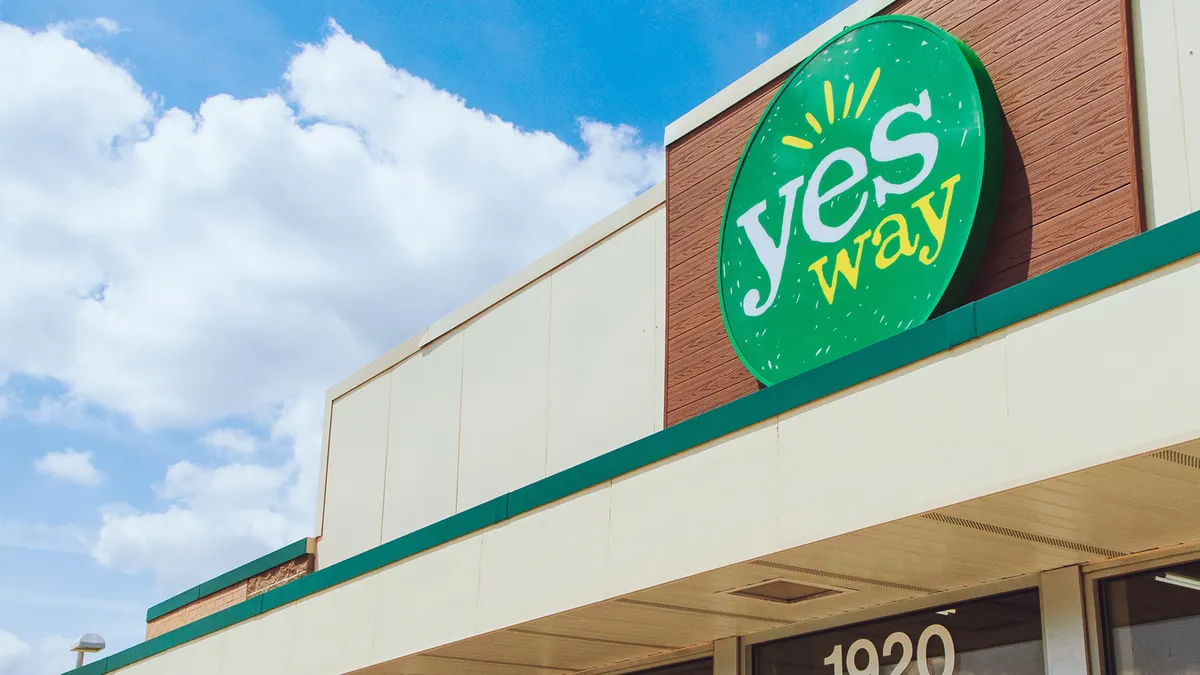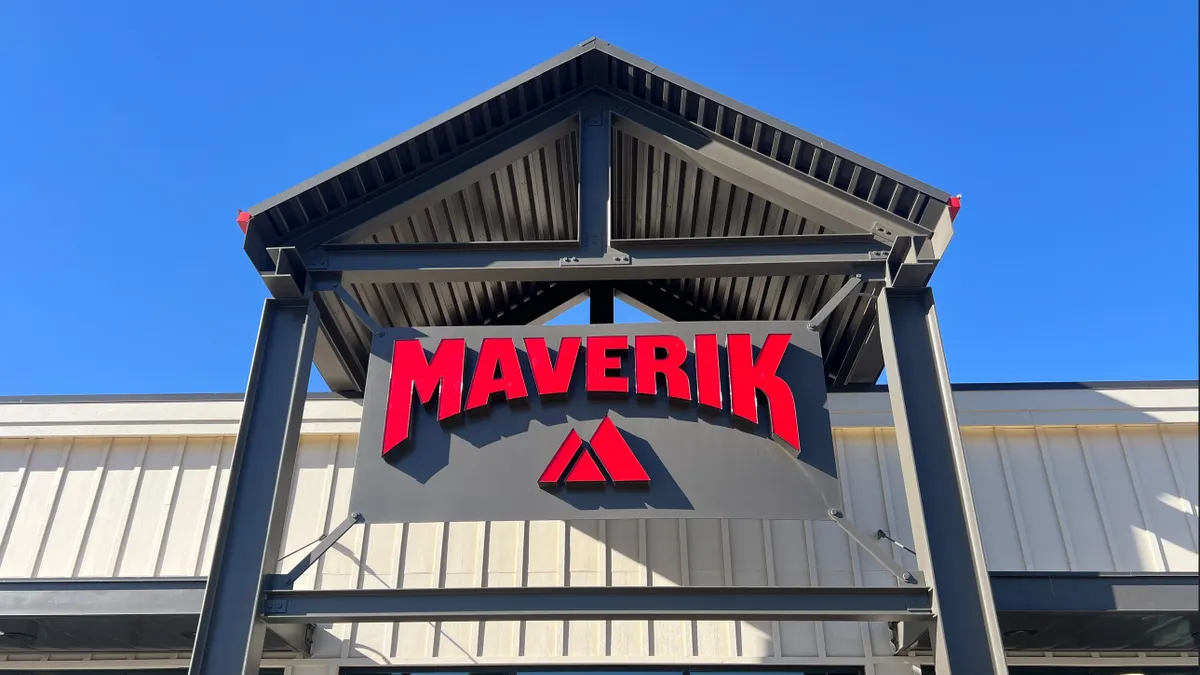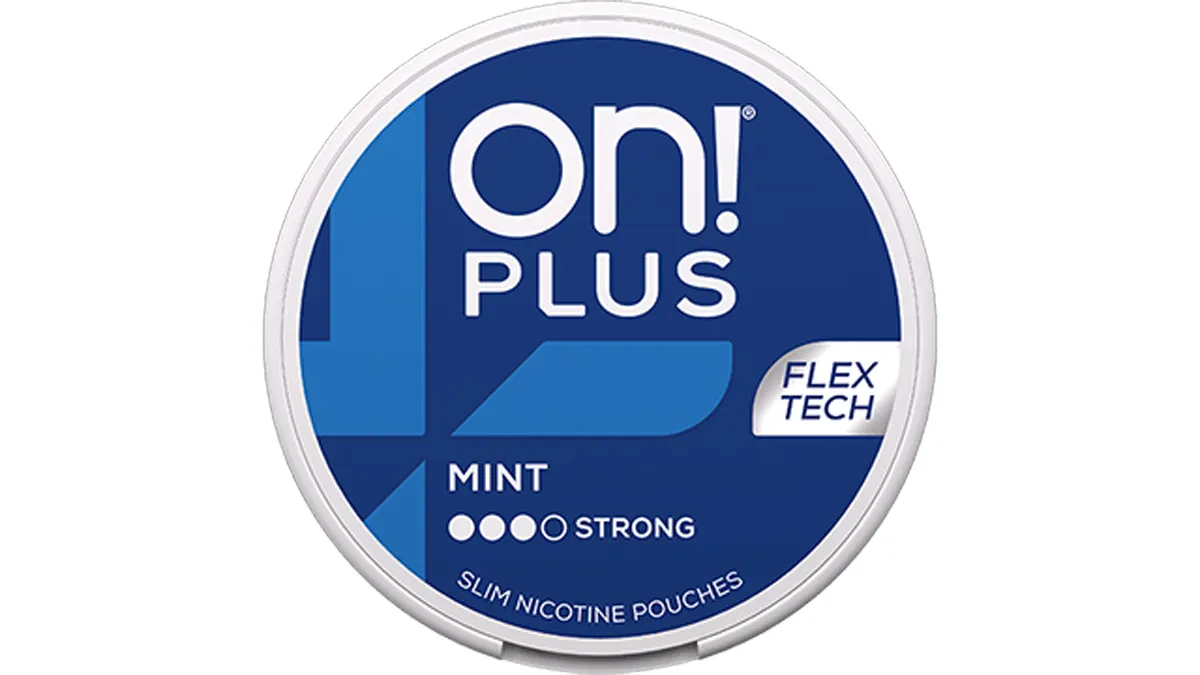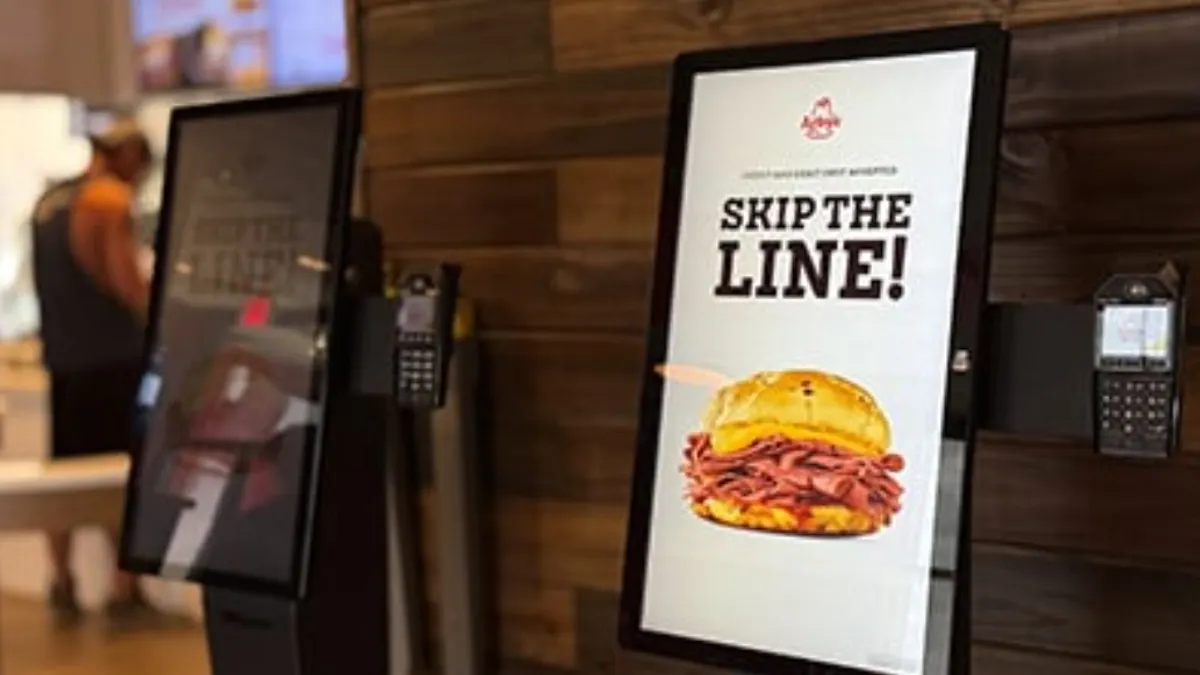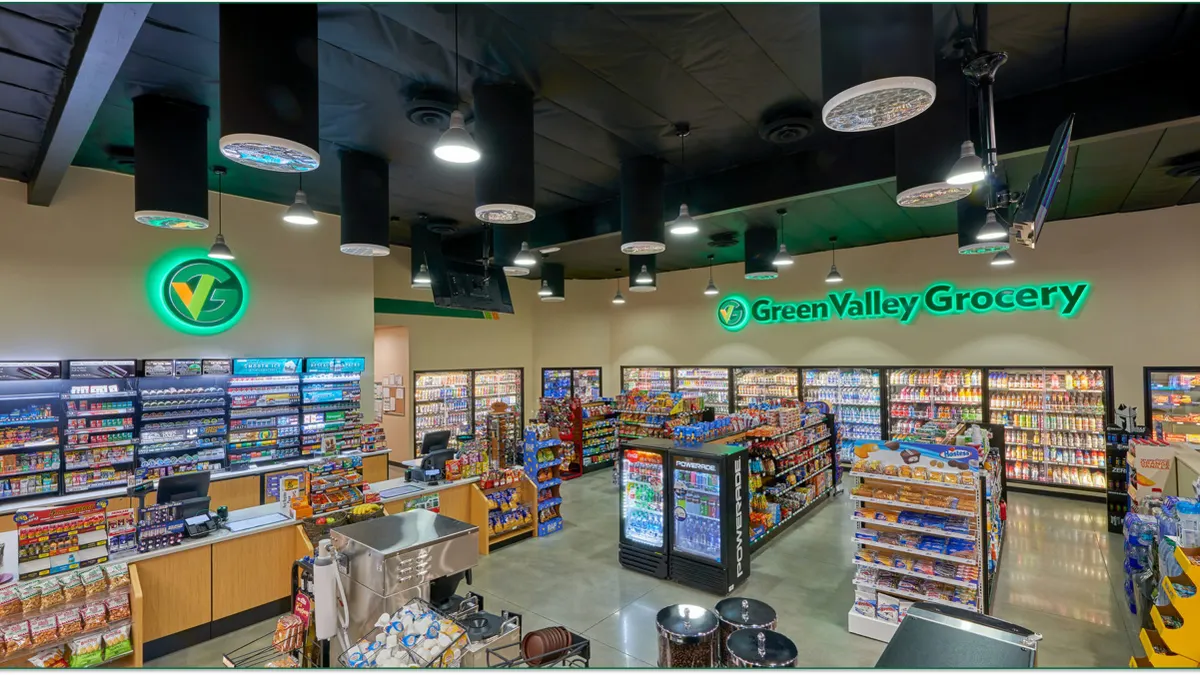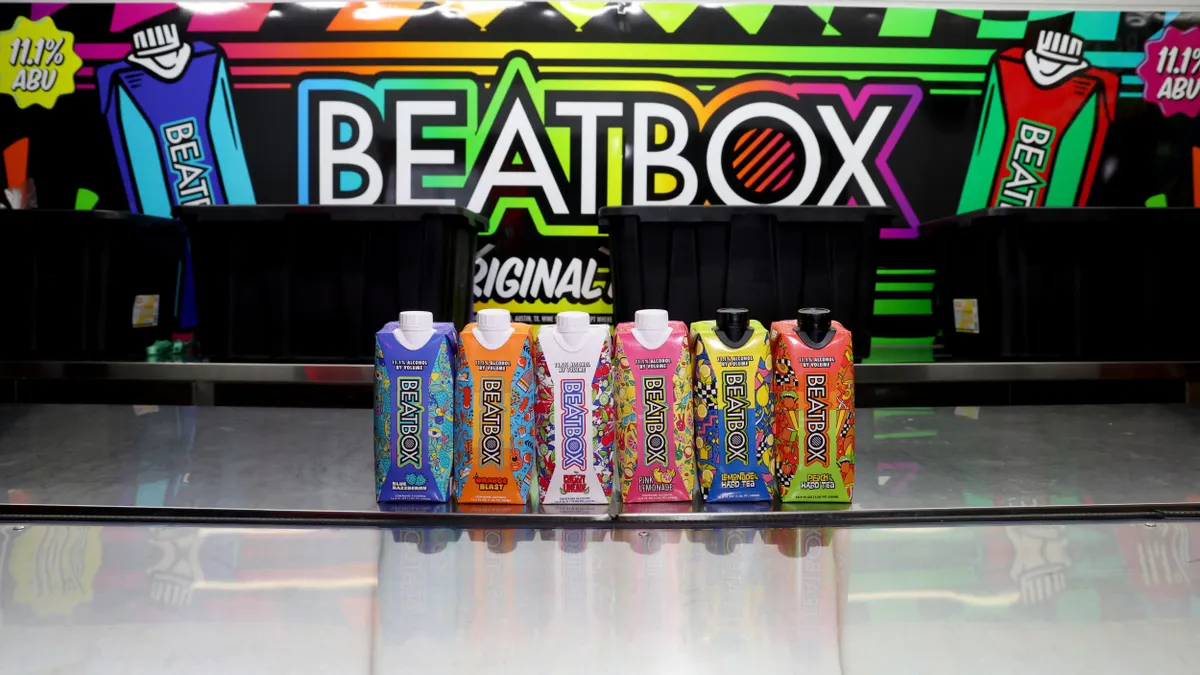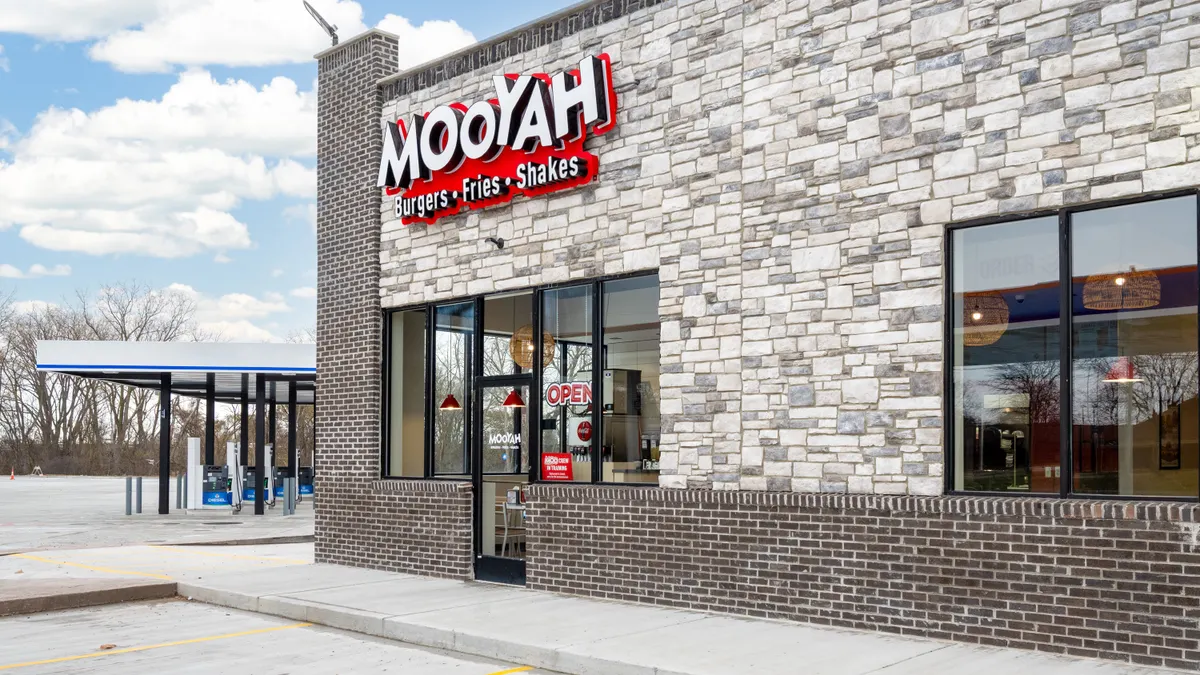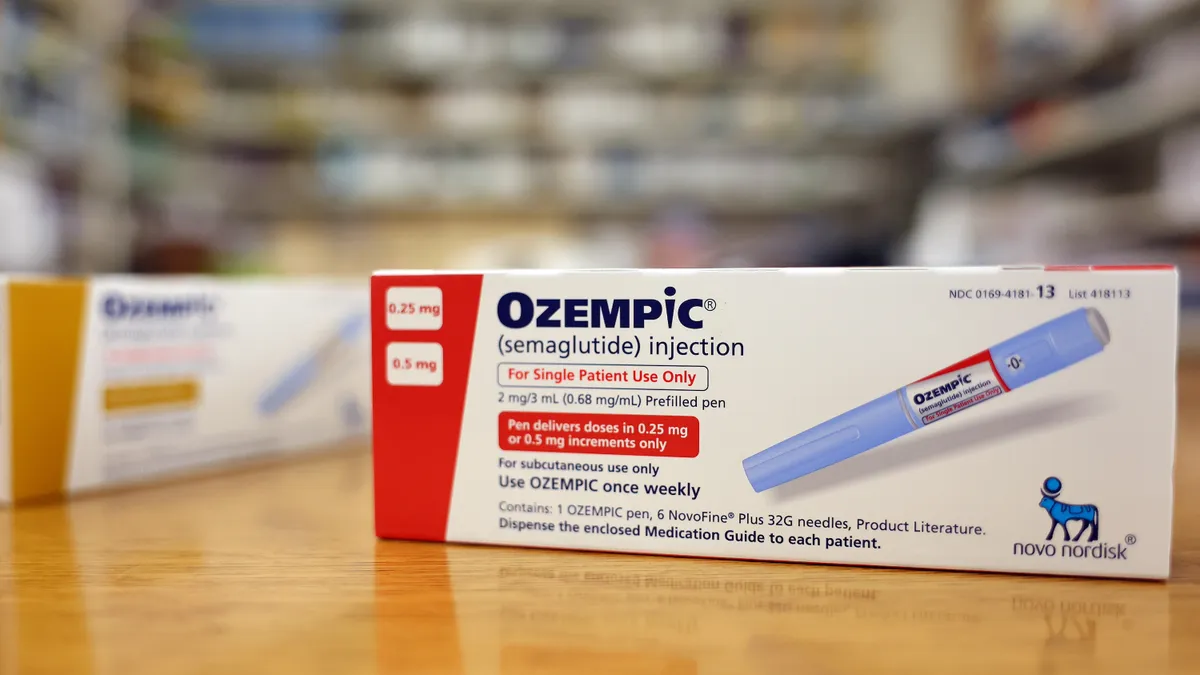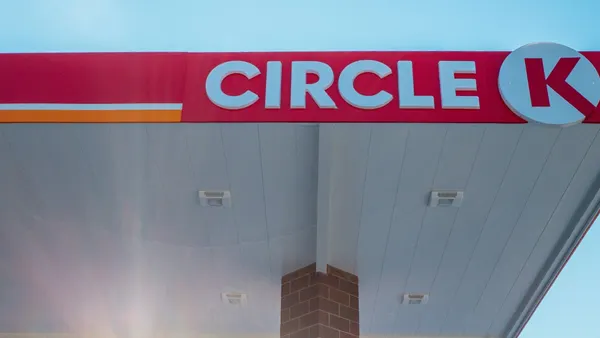Frank Beard is a longtime convenience retail enthusiast who currently works in marketing and customer experience at Standard AI. His column, The Road Ahead, examines innovation in the c-store industry.
Three thoughts have been on my mind a lot this past year.
First, it strikes me that many of the new innovations in convenience store marketing are designed to extract short-term value from customers. From personalized loyalty marketing to retail media networks, it all boils down to placing ads and promotions in front of customers or selling against the ability to do so.
I’m not saying there’s anything wrong with these things or that they shouldn’t be done. They can certainly drive results at scale. I just find it fascinating that these activities are often described with warm language about rewarding and nurturing loyalty, engaging customers and connecting with them in a meaningful way.
Do you feel engaged or rewarded when your day is interrupted by a push notification for a twofer on a major brand of soda? Do you like being screamed at by an advertisement on a fuel pump while you put gas in your car? Somewhere around 40% of consumers install ad blockers on their computers or mobile devices to prevent precisely those kinds of experiences — and the other 60% should probably ask their millennial and Gen Z kids and grandkids for help installing one.
This isn’t to say there’s anything wrong with ads either. It doesn’t escape my attention that some of the most successful consumer-facing companies — like McDonald’s — built their brands, in large part, on a foundation of aggressive advertising campaigns. But these were often part of concerted efforts to build meaningful brands.
And they were effective. Bagel Bites, anyone? I’m sure many readers can recall that classic jingle word for word. Or consider 7-Eleven’s iconic 1979 song. Give it a listen and tell me that it isn’t stuck in your head for a good part of the day.
Nearly thirty years later, I still feel all the emotions whenever I see the early-1990s McDonald’s commercial about a runaway girl in YouTube compilations. Telling Ronald she wants to leave home and go to “McDonaldland,” Ronald reminds her how amazing her family and home are. It makes you feel things in a single minute that Hallmark struggles to do in an hour and 45 minutes. I know they’re just trying to sell grilled animal patties, and I don’t even mind.
When done well, marketing and advertising has the ability to completely transform a company’s brand, create a sense of fun or meaning and ultimately make it larger than the sum of the products they sell. And while I completely understand the need to drive short-term results, increase click-through rates, tap into CPG marketing dollars, or bribe customers to perform an immediate action based on a clever discount or trigger, nobody will look back in ten or twenty years and reminisce about their favorite personalized push notifications. That’s because those things — as important as they may be — don’t build brands.
Moreover, as convenience retailers find themselves facing an uncertain outlook for fuel demand amid rising electrification — and continuing to push into foodservice — they’re increasingly competing with companies that are very good at marketing and brand-building.
Which leads me to the second thing I’ve been thinking about: Convenience retailing, as an industry, is sitting on a treasure-trove of brand equity just waiting to be leveraged.
This industry is full of old companies — at least by American standards — that entire generations of families have grown up around. Companies like High’s of Baltimore, which has been around for nearly one hundred years and was once the world’s largest ice cream retailer. Or Jim Dandy Stores, which traces its roots back to 1939 and has served North Carolina’s Crystal Coast community for over seventy five years.
The regionality of many c-stores also enables them to serve and connect with their customers in ways that are distinctly different from what the national brands are able to do. From a marketing perspective, this can give them an edge.
Regionality has also fostered a sort of sports-team-like dynamic. You see this all the time on social media. Whenever a post goes viral about some amazing thing that happened at a convenience store, people from around the country chime in. Texans react like, ‘Have you ever heard of Buc-ee’s?’ while folks from the East Coast talk about Sheetz and Wawa. Midwesterners roll in with comments about Casey’s, Kum & Go, Kwik Trip and QuikTrip.
And despite the old stigmas about dirty gas station restrooms and other issues, the truth is that this industry has delighted customers for many decades. Rarely is anyone ever upset that they visited a convenience store — well, maybe the fuel pumps, given the high price of gasoline recently.
Convenience stores are the places we wanted our parents to take us to when we were kids, because that’s where we could get our hands on sweet snacks and sugary drinks. They’re the places we sometimes turn to for comfort food if we have a bad day. They can even be part of a morning coffee routine. My wife and I both agree that some of our favorite memories are the late-night Kum & Go snack runs from the few years we dated before getting married.
Convenience retailing, as an industry, is sitting on a treasure-trove of brand equity just waiting to be leveraged.

Besides, there’s just something quirky, fun, and not entirely logical or easy to articulate about the appeal of convenience stores that enables this sort of attachment to certain brands. Maybe it’s the association with fuel pumps, the old stigmas that contrast with modern realities, or something else entirely. But it’s there, and it feeds into the way that brands have an ability to connect us to each other and provide pieces of community in a world where many of us feel simultaneously more connected and isolated than ever before.
If you don’t believe me, put a Buc-ee’s luggage tag on your carry-on and wheel it through the airport. I’ve done this many times, and it never fails that someone comes over to talk to me. The presence of that logo functions like a signal to everyone else that you’re part of the club — and you know how Buc-ee’s customers love to talk about Buc-ee’s.
This leads me to the third thing that I’ve been thinking about: Branded merch can go a long way towards brand-building, and many c-stores are in a position to sell it.
I’m not necessarily talking about branded merch purely as another product category within the store — unless you’re Buc-ee’s, of course. Rather, I’m talking about merch as a strategic way to make the brand fun, give it a certain vibe and connect with high-value customers or reward their loyalty.
The thing about loyalty is sometimes your loyal customers just want more of your brand, which is something companies like Nike and Disney understand at a deep level. They want access to things other people can’t get, opportunities to connect to milestone moments, branded items simply because they’re fun, or even the ability to signal through merchandise that they were there at a special time or place.
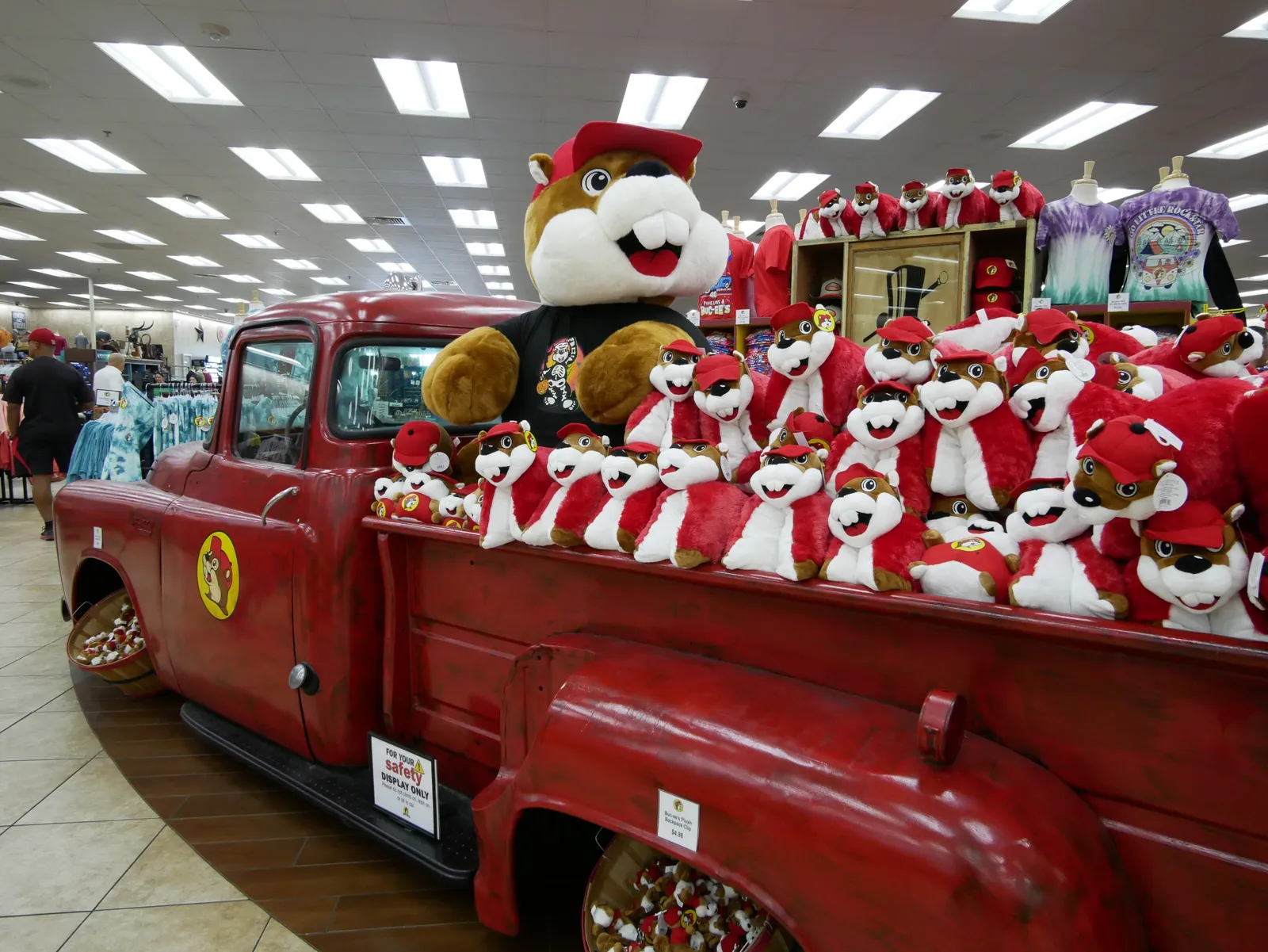
As an example, consider FavTrip. The small Kansas City-based chain of convenience stores is famous for its hilarious YouTube channel that makes fun of shoplifters. When it finally hit 50,000 subscribers, FavTrip dropped a hoodie to commemorate the moment. Being able to buy that, to wear it and explain to people why I’m wearing it and why they should check out a channel that I enjoy — that’s what fans do. That’s why I have one.
But companies don’t need to overthink merch. Sometimes people just want a coffee cup with a favorite store’s logo, like the one I have from Urbanista Cafe & Convenience out of Australia. Or sometimes it’s just a way to bring back a reminder of a fun trip to a quirky roadside retailer, like my oven mitt of the mascot from Prasek’s in Texas. I’m not ashamed to say that I even have a Buc-ee’s Christmas ornament.
Then again, sometimes going big and bold really is the answer. For example, I absolutely love how Kum & Go created high-end sneakers back in 2021. As someone who has more Jordan 1s, Dunks and Reebok Pumps than I care to admit, I insta-bought these the moment I got the email. And why wouldn’t I? They’re legit. Kum & Go created these with a Philadelphia-based designer Garrixon, and even had a Des Moines-based artist design the boxes.
At a time when Kum & Go seems to be trying to appeal to a younger demographic, there’s just something cool about offering a limited-run of sneakers. It’s no surprise that they quickly sold out. Moreover, the company and its leaders have long been focused on supporting their communities, and Kum & Go’s CEO, Tanner Krause, gave away fifty pairs of the shoes to kids at the Boys & Girls Club of Central Iowa.
Back in 2020, Kum & Go also dropped a limited-run t-shirt and tank top in partnership with Budweiser. In 2021, they produced a retro hat with Busch. For that one, there were only 100 hats in 21 stores — and to get it, you had to use the app to order something. Kum & Go created products with a specific vibe for a specific audience, and they limited the quantities which resulted in making them so much more desirable.
And here’s what happens. You start to add all of this up — the cool merch, the hilarious social media that doesn’t take itself too seriously, the efforts to give back to the community — and over time you start to perceive the company as something more than just another chain of gas stations. Suddenly, you find that you kind of like this company and don’t mind repping the brand.
The feeling you get when you explain to your friends or family that yeah, you bought the shoes; and no, you haven’t worn them yet because you want to keep them in mint condition — it creates emotions, laughter and a sense of ironic fun and self-expression that you simply do not get from a push notification that interrupts your Netflix session.
Again, I’m not saying that you shouldn’t do that. I’m just saying don’t forget to have some fun and let your marketing team show you what they can really do.

